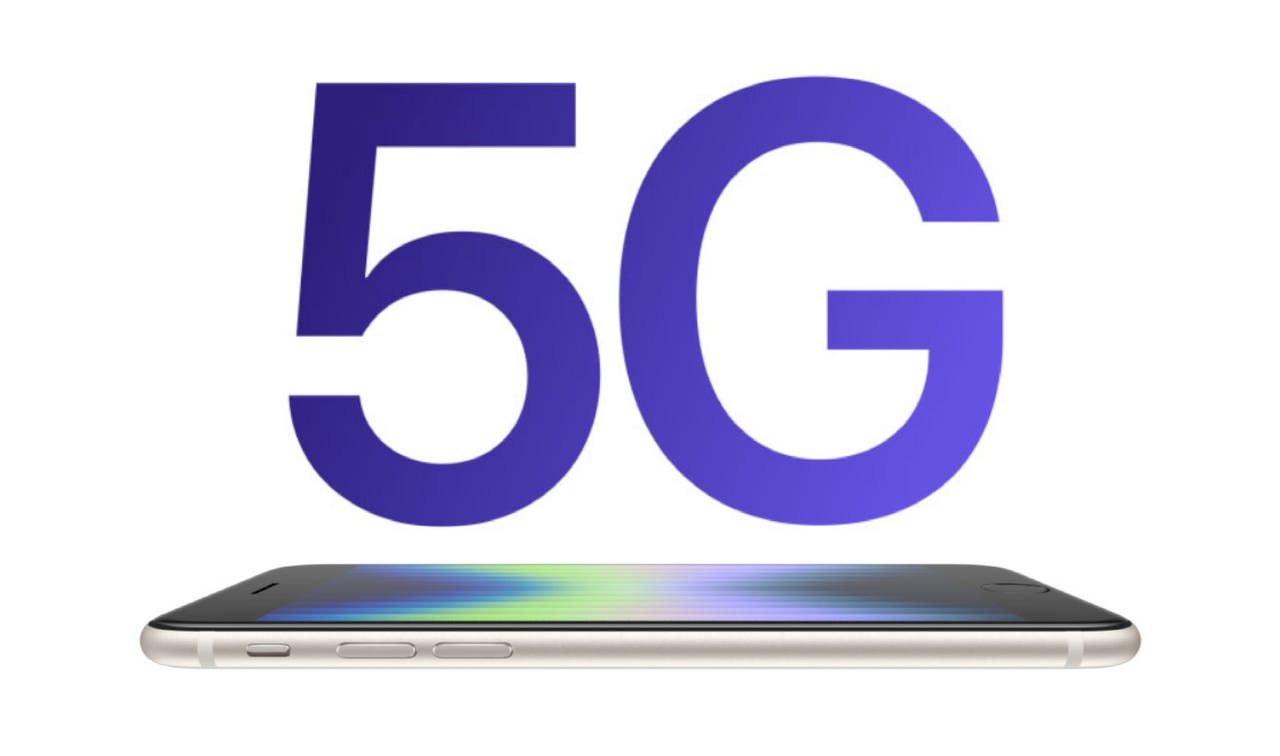'ZDNET Recommends': What exactly does it mean?
ZDNET's recommendations are based on many hours of testing, research, and comparison shopping. We gather data from the best available sources, including vendor and retailer listings as well as other relevant and independent reviews sites. And we pore over customer reviews to find out what matters to real people who already own and use the products and services we’re assessing.
When you click through from our site to a retailer and buy a product or service, we may earn affiliate commissions. This helps support our work, but does not affect what we cover or how, and it does not affect the price you pay. Neither ZDNET nor the author are compensated for these independent reviews. Indeed, we follow strict guidelines that ensure our editorial content is never influenced by advertisers.
ZDNET's editorial team writes on behalf of you, our reader. Our goal is to deliver the most accurate information and the most knowledgeable advice possible in order to help you make smarter buying decisions on tech gear and a wide array of products and services. Our editors thoroughly review and fact-check every article to ensure that our content meets the highest standards. If we have made an error or published misleading information, we will correct or clarify the article. If you see inaccuracies in our content, please report the mistake via this form.
New iPhone SE doesn't support mmWave 5G bands, and that's okay


ZDNET Recommends
Yesterday Apple unveiled a new and improved iPhone SE, which touts an upgraded A15 Bionic chip, longer-lasting battery life, and 5G support, among other features. By integrating 5G bands into the $429 handset, the iPhone SE is now the most affordable and accessible Apple product that supports the next-gen network. That means blazing-fast download speeds, lag-free gaming, and "more fun," according to Apple's marketing.
Not so fast
Sifting through the iPhone SE's spec sheet, it appears that while the new iPhone supports sub-6 GHz 5G, it doesn't support any mmWave bands. For the unacquainted, 5G networks fall under two umbrellas: sub-6 GHz (low and mid-band) and mmWave (high-band).
More: What is 5G? ZDNet's guide to the fifth-generation network
With sub-6 GHz, smartphones can access download speeds that are mere seconds faster than on 4G LTE, which isn't as ultra-fast as TV commercials and carrier ads make 5G out to be. Millimeter-wave (or mmWave) is what you really want. mmWave -- which played a role in Apple's 2020 "5G just got real" campaign -- can reach gigabit download speeds and allow for high-definition streaming and gaming on the go. The newest iPhone SE will not have this high-band network support.
For many, that's not a problem
As backward as it sounds, not having mmWave support may be more of a blessing than a curse. See, the deployment of 5G remains a challenge within the US, with companies like T-Mobile and Qualcomm experiencing delays due to COVID-19. It certainly doesn't help that some believe that 5G cell towers are linked to spreading the virus and, in response, burn local antennas down.
More importantly, as ultra-fast as mmWave is, it's also ultra-sensitive. In order to use the higher frequency, you have to be within one block from a 5G tower, with no trees, poles, or walls standing in between. This sensitivity makes the deployment of mmWave antennas much more practical within dense locations, like airports and sports stadiums, than in rural neighborhoods. That said, even if the iPhone SE had mmWave support, you likely won't be able to take full advantage of the high-band network -- yet.
Battery drainage is another issue that the faster 5G network associates with. Your device is downloading and processing data at a much more rapid rate after all. That wouldn't pave well with the iPhone SE's already-middling battery size, even with Apple rating it for two more hours of video playback than the previous model.
More: Is it time to future-proof your smartphone with 5G?
Ultimately, the lack of mmWave bands benefits you, the end consumer, to an extent. By integrating high-band 5G, manufacturers must design their products to house the necessary network antennas. This typically comes in the form of accented lines around the edges of a phone or tablet (see the picture on the right).
While subtle, the extra hardware gives carriers, like Verizon and AT&T, a reason to charge you more money. Just see the latest Google Pixel 6, which retailed for $599 unlocked, but was sold for $699 at Verizon. The explanation? mmWave band support.
Less 5G is more savings
By recycling the iPhone 6 design, Apple has managed to save on parts with the iPhone SE yet again. Even with sub-6 GHz 5G support, an upgraded A15 processor, and improved camera performance, the company is only charging $30 more than its two-year-old predecessor.
Who knows whether Apple or carriers would've charged more if the device had mmWave 5G support. What's certain is that consumers now have a new iPhone option that offers all the essentials for significantly less. And for many, that iPhone may be just enough.